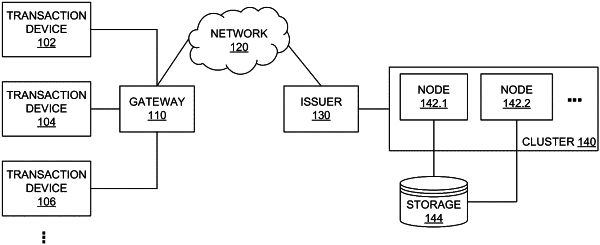| CPC G06F 40/30 (2020.01) [G06F 17/18 (2013.01); G06F 18/2155 (2023.01); G06N 20/00 (2019.01); G06Q 20/4016 (2013.01)] | 18 Claims |

|
1. A method comprising:
receiving, by a processor, semantic labels for data fields of training data, wherein each of the semantic labels includes a semantic meaning associated with a corresponding data field;
training, by the processor, a machine learning model including by automatically generating at least one new feature to improve interpretability of the machine learning model as compared to not using the at least one new feature including by:
determining, by the processor, that a received semantic label of the received semantic labels meets a transformation condition specified by a transformation, wherein the transformation condition defines attributes of a label to which a corresponding transformation is appliable;
in response to the determination that the received semantic label meets the transformation condition, applying, by the processor, the transformation to the data fields based at least in part on the semantic labels to determine the at least one new feature including by building a combination of tagged fields by adding the received semantic label and associated data field to a group of tagged fields;
wherein a tagged field includes a data field and an associated semantic label, and the transformation condition reduces computer processing resources by limiting a transformation scope for the at least one new feature as compared to not considering the transformation condition; and
using, by the processor, the at least one new feature to train the machine learning model;
providing, by the processor, the trained machine learning model that uses the at least one new feature that improved the interpretability of the machine learning model and consumed the reduced computer processing resources; and
determining, by the processor, a profile characterizing behavior of at least one entity including at least one of users and cards, wherein the profile includes at least one transformation configured to automatically generate the at least one new feature.
|